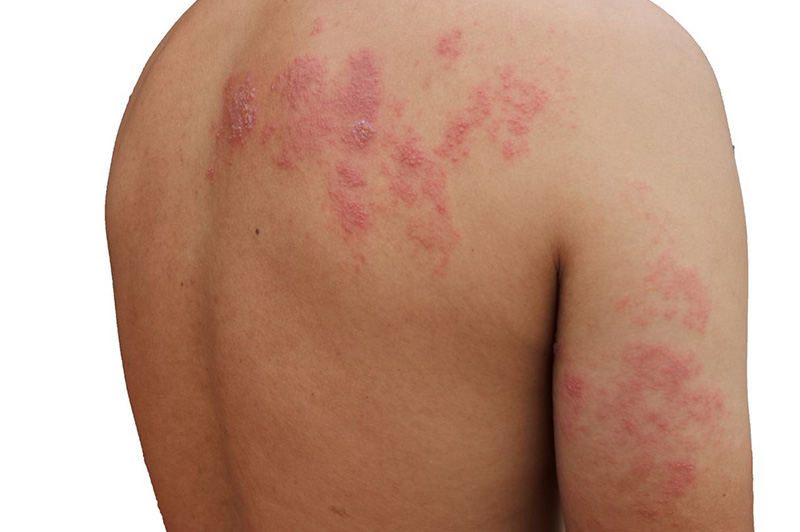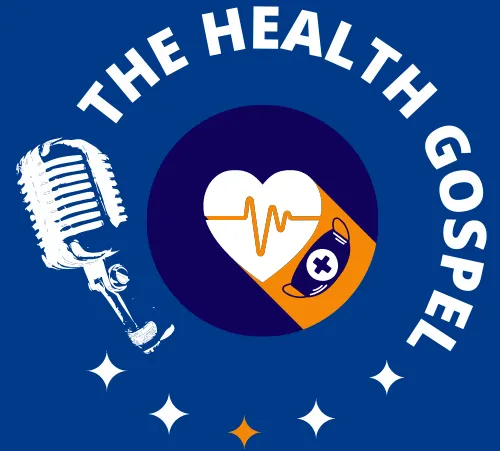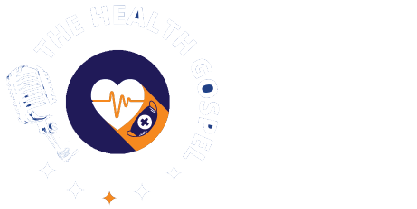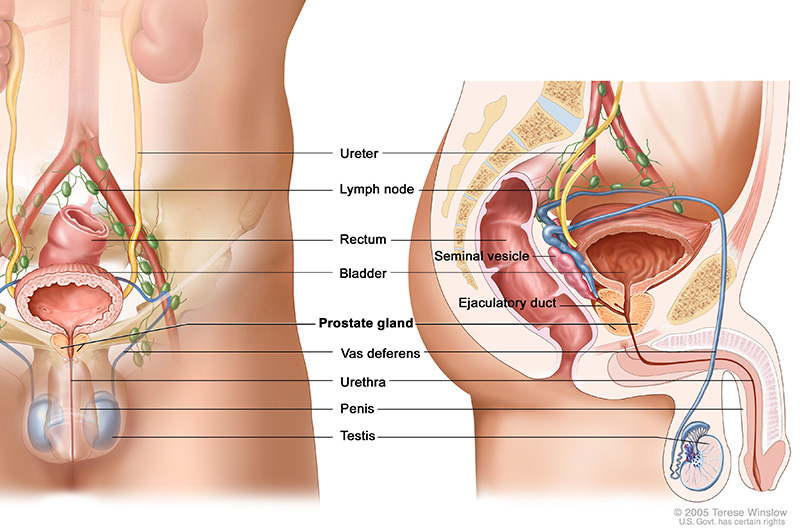
Shingles
Shingles is a viral skin condition resulting from an infection with the varicella zoster virus, the same virus that causes chicken pox. Although the virus mentioned above can cause both shingles and chickenpox, the pattern of spread and symptoms are quite different. This article will focus on the causes, risk factors, and means of the spread of the disease from person to person.
What are Shingles?
Shingles, also called herpes zoster, is a viral infection that causes a painful skin rash. Unlike chicken pox, which is more common in winter/harmattan or dry season, shingles can occur anytime, irrespective of the season. Shingles are more common in the elderly, while children are more likely to have chicken pox.
Locally called Agba belt in the Southeastern parts of Nigeria. It is believed to be invoked upon people through diabolical means. Most people allude that once it crosses the midline, the individual would die.
Generally, shingles affect a skin dermatome on one side of the body. A dermatome is a skin area that is connected to a single nerve. The way your nervous system is arranged, nerves are in pairs – one on each side, the left, and right.
Since shingles affect a single nerve or more, it can appear to cross the midline if a pair of the same nerve is infected with the varicella-zoster virus at once, though this is rare.
The cause of death is not the crossing of the midline. The causes of death following shingles include a secondary bacterial infection, the virus spread to the brain, and the underlying disease that exposed the person to shingles. We will discuss complications in the subsequent series.
How shingles start
People who have shingles have had chicken pox in the past, mainly as children. After chickenpox rashes and symptoms have resolved, the virus goes to your nerve cells, where it stays quiet. It remains inactive there in the nerves that give you the sense of touch, temperature, and so on.
It remains inactive for years because your immune system works actively to keep the virus subdued.
However, once your immune system is depressed, the virus will quickly become active, multiply and cause shingles. The pain can precede the appearance of rashes. Once the rashes appear, they can take up to 4 weeks to heal. The duration can be shortened by antiviral treatment if commenced within 72 hours.
Some people are prone to having Shingles
Not everyone who suffered chicken pox as a child will have shingles later in life. The virus can be transmitted either through direct skin-to-skin contact or by inhaling infected droplets. The disease expressed after contact depends on whether the person has had chickenpox in the past or not.
The following have the highest risk of getting shingles when they have had chickenpox.
- People above 60 years
- People living with HIV
- People who have diabetes mellitus
- Being on drugs like steroids (e.g. prednisolone) when used for a long time
- Chemotherapy drugs.
- Cancer of any body part
- Radiotherapy
- Stressful conditions like surgery
- Pregnant women
- Newborn babies less than a month old
Can you get shingles from an infected person?
Someone who has never had chickenpox can get chickenpox from contact with an individual with shingles. Chickenpox protects you from having it again because your immune system memorises it and forms a defense against reinfection. However, you can contract it again after at least 20 years. The fluid-filled rashes harbour the organism, which can be transmitted to cause either shingles or chickenpox. If the person has had chickenpox in the past, then contact may cause shingles in the setting of depressed immunity.
In summary, you are at risk of shingles only if you have had chickenpox. Shingles are highly contagious when the rashes are present and oozing fluid. Good personal hygiene and isolation can help reduce the risk of spread.







